The Third International Day for the Victims of Disasters
For the Camillian presence
Feeling called upon by a demand for ‘salvation’
(request for help …) that goes to the roots of our vocation
‘Do not be afraid of frailty’
Pope Francis– Angelus, Sunday 9 February 2014

San Camillo fra gli appestati”, custodito nel museo dell’Ordine in piazza della Maddalena a Roma. Attribuito al pittore Sebastiano Conca
We are in the third year of the proposal that the Camillian Task Force has made to the whole of that Great Family which defines itself as assembling around the gift of St. Camillus.
The initiative is spreading slowly but surely, in particular starting with the places where the Camillian Task Force is working.
Each individual initiative that we are engaged in connected with the disasters that over the last year have struck the Philippines, India and Kenya continues to ask us about the meaning and the mission of the great Camillian family today.Not being afraid of frailty can mean for the Camillian presence feeling called upon by the demand for ‘salvation’ (request for help…) that goes to the roots of our vocation.
St. Camillus, when the plague – which we could deem the most terrible of the disasters of his epoch – broke out, did not hold back, and we could say the same about his religious. To the person who at the gates of the Duchy of Milan told him that plague was in the city, he replied in steady tones ‘that’s why we are going’, and did not slow down at all.
Not having fear of frailty, above all of that frailty which arises in contexts of calamities and disasters, means for we Camillians finding anew a structural aspect of the mysterious fire of our charism: that is to say meeting a very concrete request for help, for health and for salvation, not through the exporting of pre-packaged projects but, rather, by allowing ourselves be appealed to by the needs and the frailty of the men and women who are in front of us. Those men and women who in contexts of such radical need represent themselves because of the very fact that they have survived a disaster: this is a ‘miracle’ which should be stewarded, protected and sent forward in the hope of history.
This was the style of Camillus because before him it was the style of Christ: the advent of the Kingdom of God was proclaimed specifically inside the frailty and the needs of those in front of Christ who cried out and protested their wish to live, their malaise at the injustice of which they felt they were prisoners…and Christ gave one great answer: his presence, his warm humanity, a strong, forceful and steady touch which transformed frailty into an opportunity to relaunch their lives.
Read also ’13 October 2014: united in justice and solidarity’
On the cover: ‘At prayer Arraial Mousa. Fortaleza 2011’ photo by Guillermo Luna



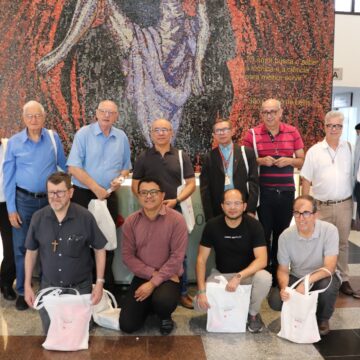
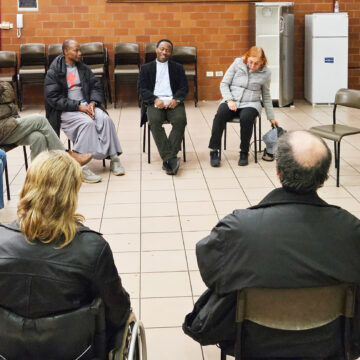
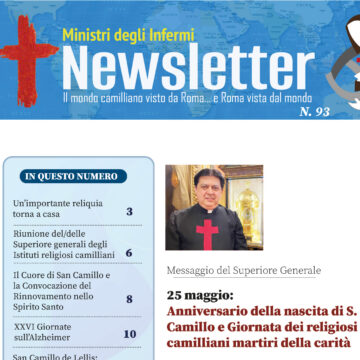
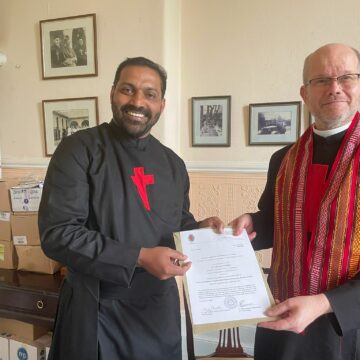
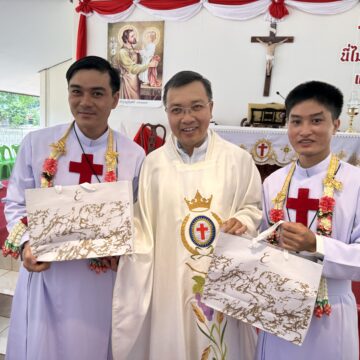
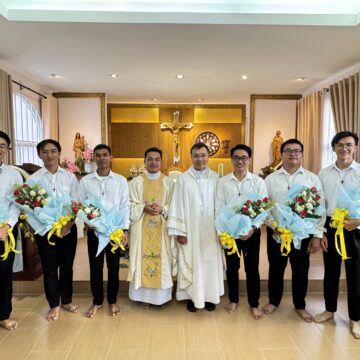
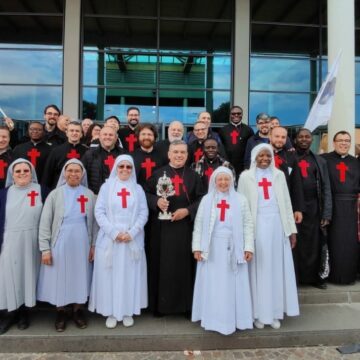
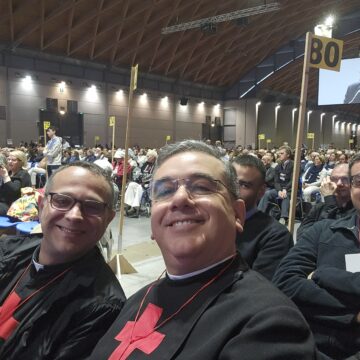
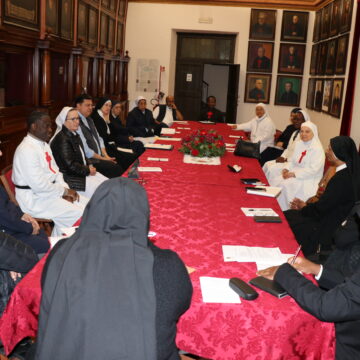



Camillians on Facebook
Camillians on Twitter
Camillians on Instagram